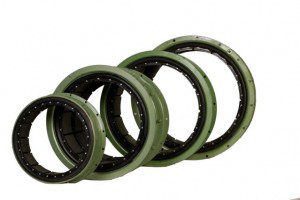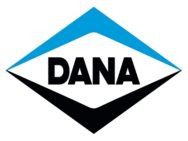 Pneumatic clutches are very powerful and an excellent fit for the large industrial machines your company depends on for your toughest job-site challenges, including auto cranes and other construction vehicles.
Pneumatic clutches are very powerful and an excellent fit for the large industrial machines your company depends on for your toughest job-site challenges, including auto cranes and other construction vehicles.
They offer a simple method for adjusting torque by providing excellent torque control, which is necessary for more heavy-duty vehicles and machines. While mechanical clutches usually have torque limiters that vary around 10 percent, pneumatic clutches typically limit torque variance to less than 5 percent “” a significant difference. Pneumatic clutches are normally able to provide more speed and flexibility than mechanical clutches, for even larger machines.
To summarize: More torque. More power. More speed and flexibility. Sound good?
Let’s take a look at how they work:
Clutches, whether pneumatic, mechanical, or hydraulic, work by both locking two separate rotating parts together and unlocking them. This action can bring energy from one source to another, or take that energy away. The most common example is in a standard car, where the clutch is used to sync up the engine with the transmission in order to accelerate the vehicle. The clutch can then be used to un-sync the engine and transmission so that the vehicle can switch to another gear or slow to a stop without stalling the engine. The engine keeps spinning on its own until the clutch re-syncs it with the transmission, and so forth. Most smaller vehicles use mechanical clutches, but pneumatic clutches offer some amazing advantages for many machines and situations.
Pneumatics is the branch of technology that concerns the way gases can be used for mechanical purposes. In most pneumatic machinery, the gas used is the simplest of gases “” clean air. In other words, pneumatics usually describes the use of air to move things. Unlike mechanical clutches (where solid moving parts do all the work), pneumatic clutches employ tightly compressed air to transfer energy from one moving part of a machine to another.
For example “” you know those air tubes at the bank drive-through? Those use pneumatics in a similar, albeit much simpler, way. At the bank drive-through, when you put a check into the container and send it off, compressed air quickly shoots through the tube and pushes the container all the way to the bank teller.
When a pneumatic clutch is disengaged, compressed air quickly shoots through the shaft, toward the throw-out bearing, which opens the clutch and un-syncs the two rotating parts (like engine and transmission). When a pneumatic clutch is re-engaged, the air is bled out. A set of springs then release, reattaching the two rotating parts. Then it’s time to get moving again.
To learn more about pneumatic clutches, contact one of our industrial clutch experts. We proudly service and provide quality parts for pneumatic clutches, including Oil States pneumatic clutches.

























